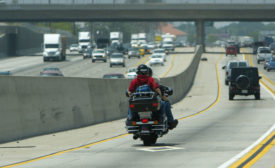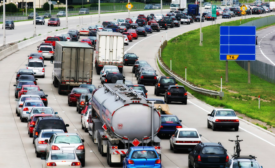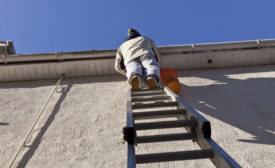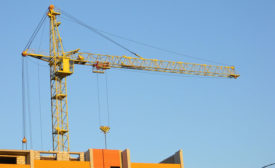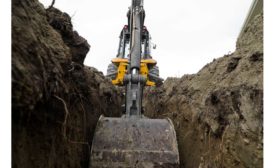News
A FairWarning Story
Apple has swatted away distracted driving lawsuits without much trouble so far
February 28, 2019
U.S. Navy sailors get help with hearing loss prevention through innovative program
Developer wins this year's Safe-in-Sound Excellence in Hearing Loss Prevention Award
February 26, 2019
Nosy neighbors help Washington crack a case of asbestos violators
Companies tried to avoid responsibility by creating "a legal web of confusion"
February 26, 2019
Never miss the latest news and trends driving the safety industry
eNewsletter | Website | eMagazine
JOIN TODAYCopyright ©2024. All Rights Reserved BNP Media.
Design, CMS, Hosting & Web Development :: ePublishing
